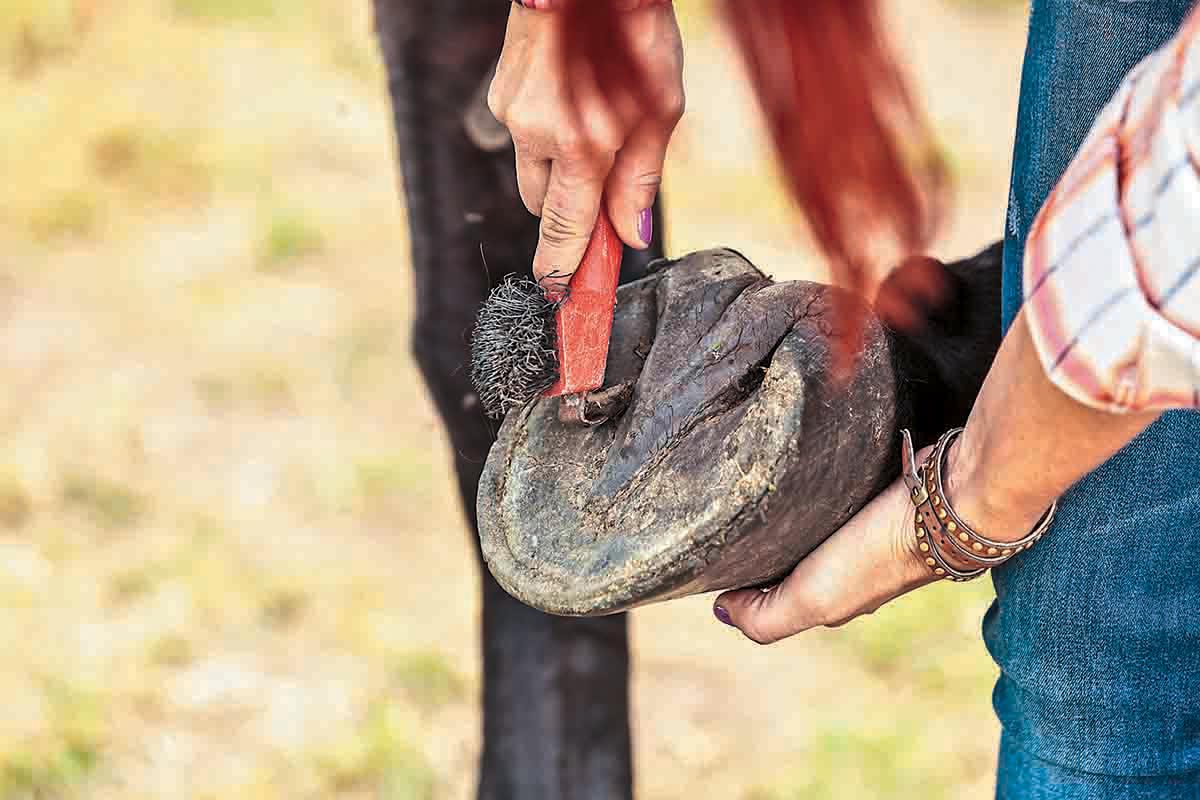
How to Long Rein a Horse: Mastering This Skill Today?
Share
Long reining is an essential skill for any equestrian looking to improve their horse's training and communication. In this article, we will delve into detailed techniques for how to long rein a horse effectively, along with tips and tricks that ensure both you and your horse have a harmonious experience. By learning and mastering this technique, you'll not only enhance your relationship with your horse but also contribute to its overall well-being.
Understanding how to long rein a horse can pique the interest of health-conscious pet owners. Horses, like any other pets, require proper training without undue stress. This method allows you to exercise and train your horse from a distance, providing a safe and structured atmosphere for both parties involved.

What is Long Reining?
Long reining involves guiding your horse from behind while holding two long lines attached to the bit. This method enables the horse to learn commands and develop its balance while moving freely. Long reining can be an invaluable part of a horse's education, especially for young or inexperienced horses.
Why Long Rein?
There are numerous benefits that come with long reining, including:
- Improved Communication: Long reining allows you to teach your horse commands in a more controlled manner.
- Increased Flexibility: This technique encourages your horse to move freely, improving overall flexibility.
- Enhanced Bonding: Spending this time with your horse encourages trust and strengthens your bond.
Overall, how to long rein a horse is a valuable skill set that any pet owner may appreciate and use for the benefit of their equine friend.
Preparing for Long Reining
Before beginning the long reining process, ensure you take the following essential steps:
- Assess the Environment: Choose a safe and secure area free of distractions or hazards.
- Gear Up: Use a suitable bridle, long lines, and a lunge whip if necessary.
- Check Your Horse: Ensure your horse is in good health and has had enough exercise prior to the session.
Setting Up for Long Reining
When just starting with long reining, setting up correctly is crucial. Your horse should wear a bridle with side reins attached if applicable. Be mindful of the length of the lines, as excessive slack can confuse your horse.
Another essential tip is wearing proper gear yourself. Comfortable shoes are important, as you'll be walking around your horse while guiding it. This ensures you can maintain balance and control while moving.
Steps for Long Reining a Horse
Follow these step-by-step instructions on how to long rein a horse effectively:
- Starting Position: Begin on the left side of the horse, keeping the lines in your hands with a firm but gentle grip.
- Initiate Movement: Apply gentle pressure on the line to encourage your horse to walk forward.
- Commands and Signals: Use verbal commands and arm movements to guide the direction and pace of your horse.
- Maintain Control: Always keep your lines taut but not excessively tight, allowing your horse the freedom of movement.
- Practice Turns: Use subtle tugs on the line to signal turns, ensuring your horse responds appropriately.
Be patient, and always reward your horse with praise or treats when they perform well. This encourages positive behavior and reinforces your training efforts.
Troubleshooting Common Issues
As you train, you might encounter challenges. Here are some common issues and how to address them:
- Resistance: If your horse refuses to move, check for discomfort or relax the pressure on the lines.
- Distraction: Minimize distractions in your environment and gradually introduce more challenging areas.
- Lack of Response: Ensure that your commands are clear and consistent, and try using treats to motivate your horse.
Benefits of Long Reining for Health-Conscious Pet Owners
For the health-conscious pet owner, understanding the advantages of long reining is invaluable:
- Physical Health: Long reining helps keep your horse active and fit, which is crucial for its overall well-being.
- Mental Stimulation: Engaging your horse in new activities provides mental challenges and prevents boredom.
- Bonding Experience: This time spent together fosters a deep connection and trust between rider and horse.
Remember, a well-trained horse is a happy horse, leading to a fulfilling experience for you both. For further readings on improving your horse care practices, check out this article on lunging techniques.
Additional Resources
For horse owners seeking more information on natural equine care or related topics, consider exploring:

FAQ
1. What kind of horse is suitable for long reining?
Most horses can be trained for long reining, although younger or calmer horses often respond best.
2. Can long reining be done alone?
Yes, long reining can be done alone, but having a helper can make it easier for beginners.
3. How often should I practice long reining with my horse?
It's best to practice long reining regularly, ideally 2 to 3 times a week, to develop strong communication with your horse.
As an Amazon Associate, I earn from qualifying purchases.
